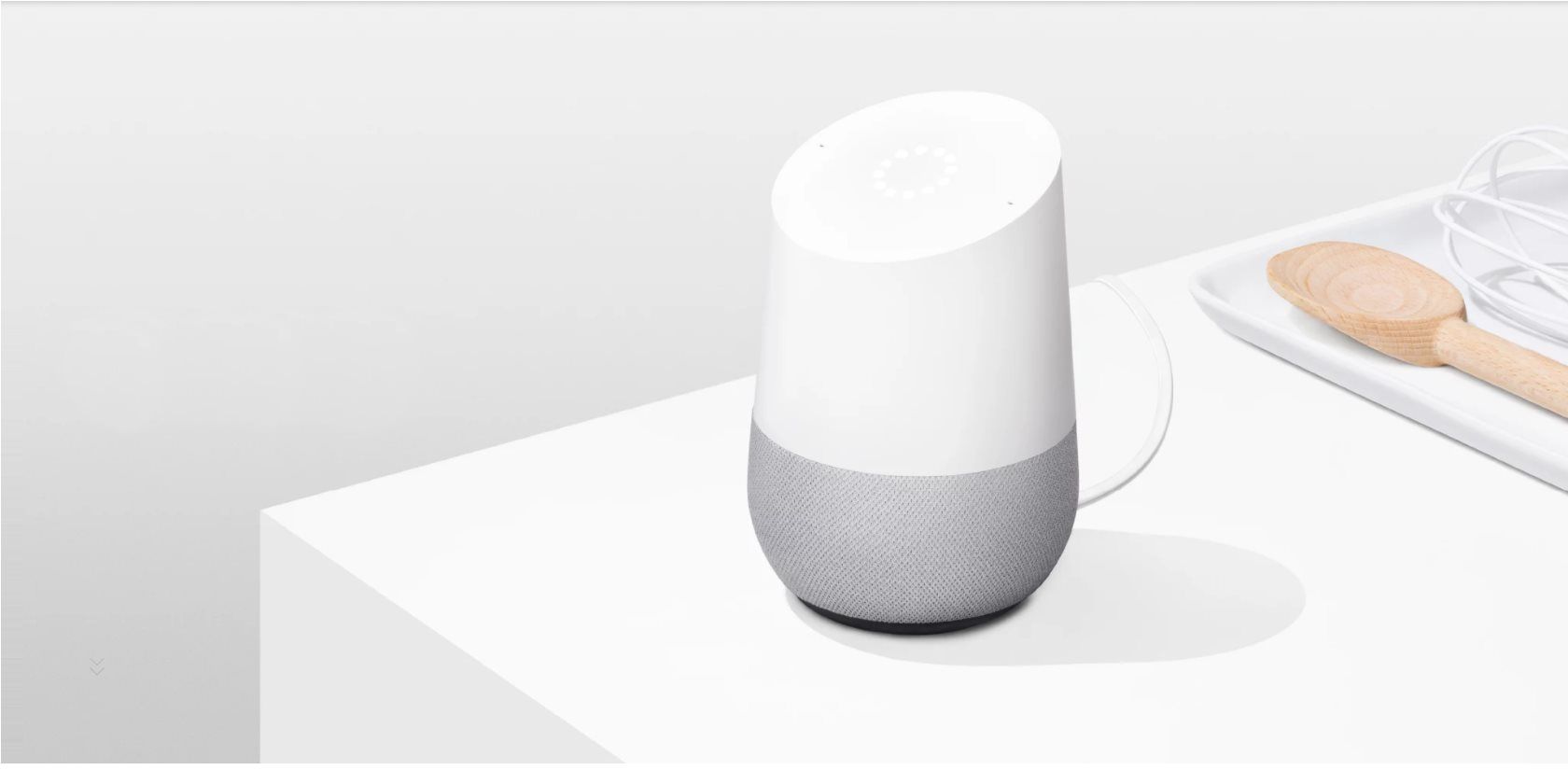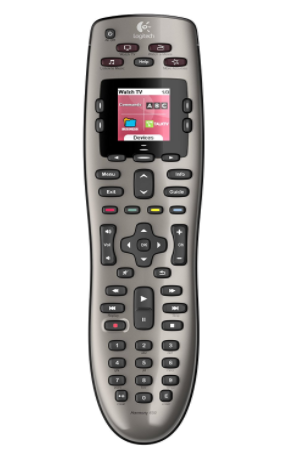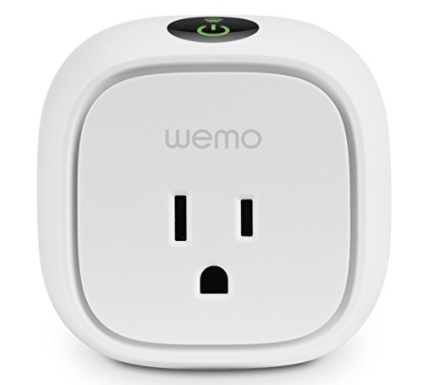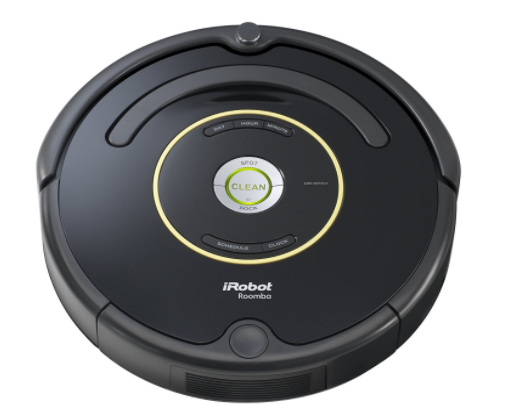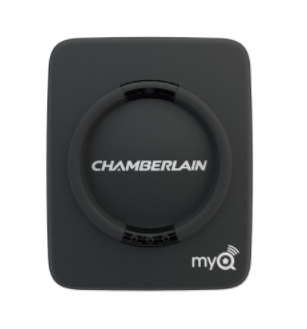In the future, we might look back on 2017 as the year smart assistants came of age. The technology has been simmering along in the background for a while, but recently we've seen an explosion in the number of compatible devices.
Leading the charge is Google Home. Powered by Google Assistant, it's a multi-purpose assistant that can do everything from turning off your lights to playing videos on your television.
But if you really want to get the most out of Google Home, which devices should you buy? What purchases will let you exploit the technology to its full potential?
Keep reading to find out. We're going to introduce you to a few smart home gadgets that'll maximize your Google Home experience.
1. Chromecast
We start the list with another Google device, the Chromecast. Chromecasts come in two varieties: there's a video version that plugs into your TV, and an audio version that plugs into your old Hi-Fi.
At around $30 each, the devices are the cheapest and easiest way to give your existing media equipment smart capabilities without splashing out on new gear.
Given Chromecasts are a Google product, it should come as no surprise to learn they integrate exceptionally well with Google Home. Using commands such as "Play Orange Is the New Black on Netflix" or "Play Rod Stewart using Spotify on the bedroom speakers," you can control all the media output in your home without touching a remote control or smartphone.
Note: Before buying a Chromecast, make sure it's not already part of your existing devices. Some smart TVs and Android TV devices come with the technology built-in.
2. Smart Lights
Philips Hue is the world's most well-known smart lighting brand, and it boasts seamless integration with Google Home.
The drawback is the cost. Philips Hue is expensive. And if you want to connect the bulbs to your Google Home ecosystem, you'll need to shell out for a bridge unit as well.
If Philips Hue lights are outside your price range, don't worry. Some cheaper alternatives such as a LIFX also have Google Home support. If you a programmer, you could even hack a Raspberry Pi to let you use Google Home to control systems like LimitlessLED, EasyBulb, and MiLight.
Or for something more creative, why not check out the Nanoleaf Aurora system? It uses modular wall panels that you can arrange in any pattern you want.
3. Logitech Harmony
Anyone who's serious about cordcutting and in-home entertainment needs a Logitech Harmony remote control in their life.
This device can control everything from your streaming box to your DVD player, and supports a staggering 270,000 individual devices.
If you pair a Logitech Harmony with Google Home, you can use it to control all your devices by voice. Even better, you can create customized commands. For example, you could say "OK Google, ask Harmony to play a film" and it'll turn on your TV, close your window shades, change your TV to the appropriate audio and visual settings, and open Netflix.
Note: At the moment, Logitech Harmony remotes can only be paired with Google Home in the United States, United Kingdom, Canada, and Australia.
4. Thermostats
Several smart thermostats work with Google Home, most notably the Nest Learning Thermostat. Its functionality is unsurprising given Google owns the manufacturer, Nest Labs.
Nest appeals to users because of its learning capabilities. After a week of "training," the device will know exactly what temperature you like at which time of day.
If you pair the device with Google Home, you'll be able to issue commands such as "OK Google, set the temperature to 68 degrees" or "OK Google, raise the temperature 4 degrees." You can only issue 20 commands every hour to save the thermostat's battery.
Other smart thermostats that are Google Home-enabled include Tado's and Honeywell's ranges of products.
5. Smart Plugs
If you want a way to bring smart capabilities into several parts of your home without spending a fortune on new lights, fancy smart speakers, and a new smart TV, you should consider buying a set of smart plugs.
There are lots of options on the market, but they don't all work with Google Home.
One system that does work is Belkin Wemo. The Mini Smart Plug, Insight Smart Plug, and Light Switch are all compatible.
If you install the plugs on enough appliances, you will be able to run everything from your coffee machine to your fan with the sound of your voice.
Other smart plugs that are compatible with Google Home include the TP-Link Wi-Fi Smart Plug and the Insignia Wi-Fi Smart Plug.
6. Robot Vacuums
If owning a robot cleaner isn't already enough of a lazy person's luxury, why not take your house hoovering to the next level and connect your device to Google Home? You won't even need to bend down to find the device's On switch.
Of course, we've all heard of Roombas, but the famous devices are far from the only product available. You could also check out the Neato Botvac Connected. Both devices work with Google Home.
Commands include "Ok Google, ask Neato Robot to clean my house" and "Ok Google, ask Roomba Robot to clean my lounge." We're still waiting for "Ok Google, tell Roomba it missed a bit" to be supported.
7. Chamberlain MyQ Garage Door Opener
These days, nobody should have to open their garage door manually. It's so 20th century.
Ok, we're joking. Not many people have smart garage door openers. However, of those that do, we bet not many would go back to the old manual method -- there are just too many benefits.
If you're in the market for a new smart garage door opener, why not check out the Chamberlain MyQ model? As you'd expect, you can use your voice to open and close the door, but Google Home also provides a security feature as well: you can ask it if your garage door is open, even when you're away from the house.
Which Devices Do You Pair With Google Home?
We've introduced you to a few different devices that work with Google Home. And remember, if even if your favorite smart gadget isn't supported yet, there's a good chance you'll be able to get it working by using an IFTTT recipe.
Which are your favorite Google Home-compatible devices? How do you incorporate them into your smart home setup? As always, you can leave all your tips, opinions, and suggestions in the comments below. And remember to share this article with other smart home lovers on social media.

